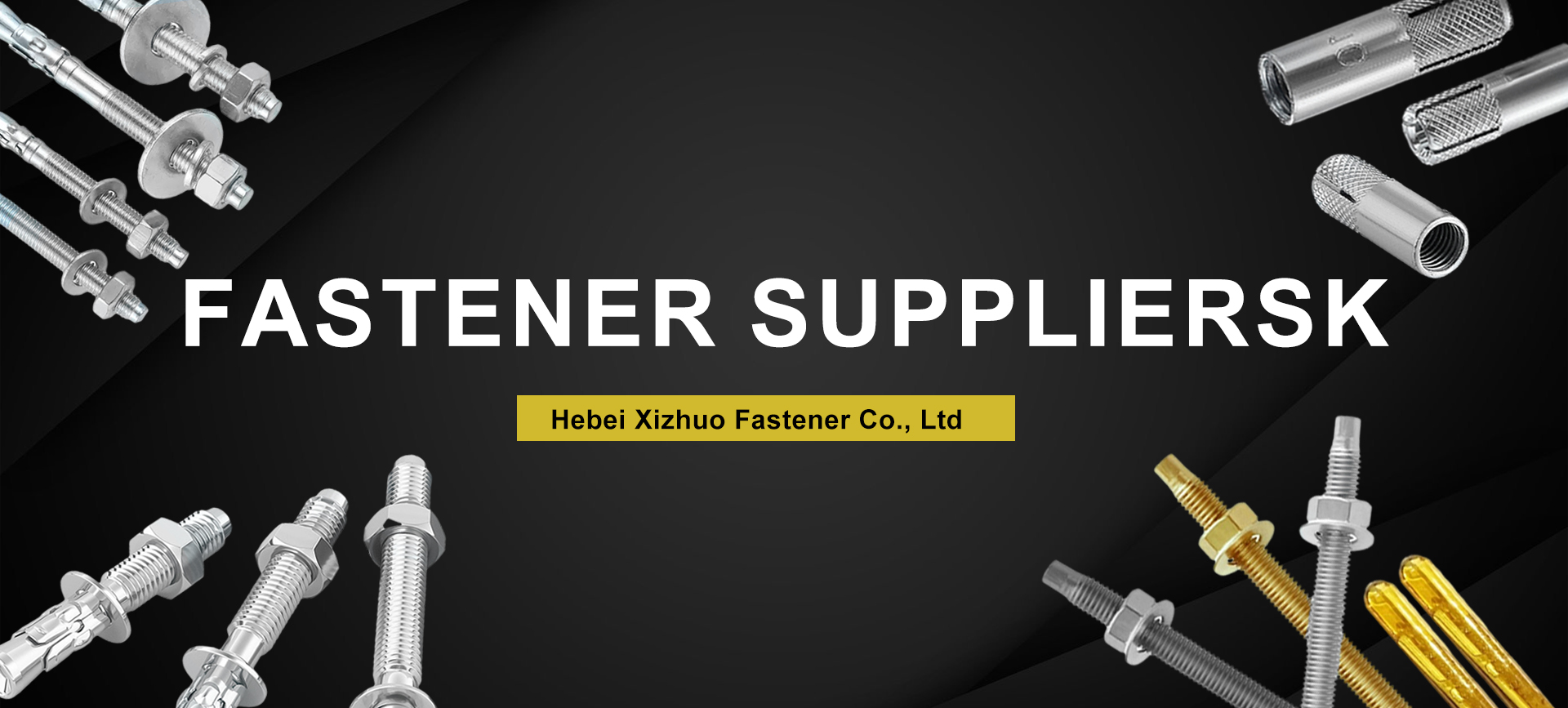Understanding Chemical Anchors for Concrete Applications in Construction and Engineering
Understanding Chemical Concrete Anchors Applications and Benefits
In the realm of construction and engineering, securing elements to concrete structures can be a significant challenge. Traditional fastening methods may lack the strength or reliability required for demanding applications. This is where chemical concrete anchors come into play, offering robust and versatile solutions for various fastening needs. This article delves into the composition, applications, and benefits of chemical concrete anchors.
What are Chemical Concrete Anchors?
Chemical concrete anchors are advanced fastening systems that utilize a two-part epoxy or resin to bond bolts or rebar to concrete. Unlike mechanical anchors, which rely on friction and expansion to secure themselves within a drilled hole, chemical anchors chemically adhere to the concrete surfaces, creating a strong bond that can withstand substantial loads.
The primary components of chemical anchors include a resin and a hardener. When mixed, these compounds undergo a chemical reaction that cures and solidifies, effectively securing the anchor in place. This method allows for high-load-bearing capacities and ensures excellent performance even in challenging environmental conditions.
Applications of Chemical Concrete Anchors
Chemical concrete anchors find applications in a wide array of settings, including
1. Construction and Renovation They are extensively used in new constructions and renovations for securing structural components, such as beams, columns, and machinery.
2. Heavy Equipment Installation Industries often rely on chemical anchors to install heavy machinery and equipment, where traditional methods may fall short in terms of load capacity.
3. Infrastructure Projects In large-scale infrastructure projects like bridges and tunnels, the reliability of chemical anchors is crucial for the safety and durability of structures.
4. Residential Use Homeowners can also benefit from chemical anchors for securing items such as shelves, cabinets, or outdoor fixtures to concrete walls.
chemical concrete anchors

Advantages of Chemical Concrete Anchors
Chemical concrete anchors offer several advantages over traditional fastening systems
1. High Load Capacity Due to their bonding mechanism, chemical anchors can support significantly higher loads compared to mechanical anchors, making them suitable for demanding applications.
2. Resistance to Environmental Factors Chemical anchors exhibit excellent resistance to moisture, chemicals, and temperature changes. This attribute is particularly advantageous in outdoor installations or industrial settings where conditions can be harsh.
3. No Expansion Forces Since chemical anchors do not rely on expansion to secure themselves, they do not exert stress on the surrounding concrete. This reduces the risk of cracking or spalling, ensuring the integrity of the substrate.
4. Versatility They can be used in various materials, including cracked and uncracked concrete, masonry, and even in hollow or solid substrates, making them a versatile option for contractors.
5. Ease of Use Installing chemical concrete anchors can be straightforward. Once the hole is drilled, the resin and hardener are mixed and injected into the hole before inserting the anchor. This process can be less time-consuming than some traditional methods.
6. Design Flexibility Engineers can easily customize the size and type of anchor according to specific project requirements, providing flexibility in design and application.
Conclusion
Chemical concrete anchors represent an innovative and effective solution for fastening needs in construction and engineering. Their remarkable load capacity, moisture and chemical resistance, and ease of use make them a preferred choice for a wide range of applications. As the construction industry continues to advance, integrating such technologies is essential for building stronger, safer, and more sustainable structures. For anyone engaged in concrete fastening tasks, understanding and utilizing chemical concrete anchors can lead to enhanced performance and longevity in their projects.
-
Weatherproof Plastic Expansion Anchors for OutdoorNewsJun.06,2025
-
Sustainability in the Supply Chain: Eco-Friendly TEK Screws ProductionNewsJun.06,2025
-
Load-Bearing Capacity of External Insulation FixingsNewsJun.06,2025
-
Double Head Bolts: Enhancing Efficiency in Industrial MachineryNewsJun.06,2025
-
Corrosion Resistance in Chipboard Screws: Coatings for Wholesale DurabilityNewsJun.06,2025
-
Butterfly Toggle Bolts : Enhancing Structural ResilienceNewsJun.06,2025
